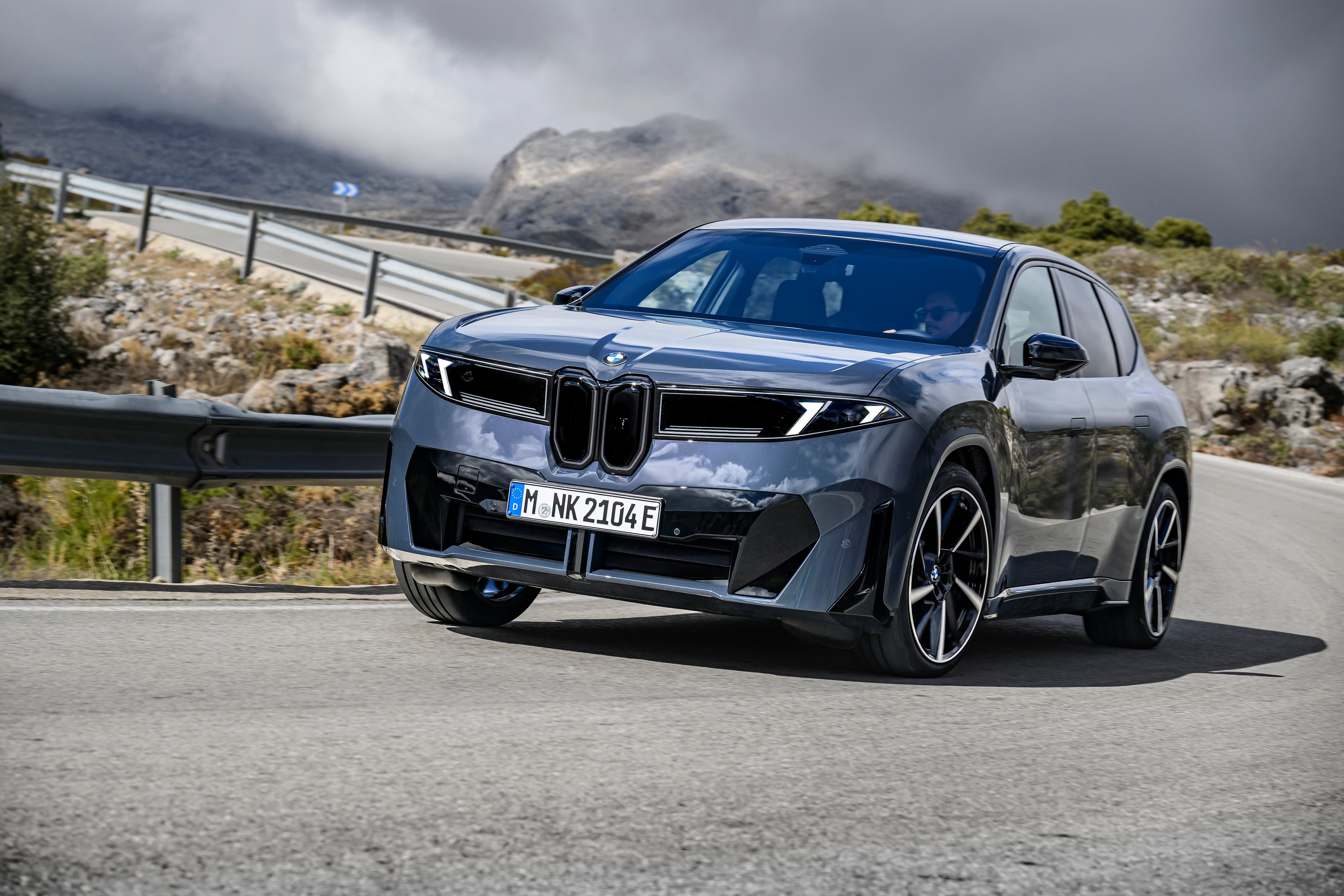Macroom may well be the town that never reared a fool but for the past three decades or so, it has taken a particular mix of local nous and driving smarts to get through what had become one of the worst traffic bottlenecks in the country.
That has begun to change after the opening in December of the first section of the €280 million Macroom to Ballyvourney bypass on the N22, which is projected by Transport Infrastructure Ireland (TII) to cut travel times between Cork and Killarney by up to 17 minutes.
The new section of roadway consists of two lanes in each direction, separated by a steel median barrier, and includes three river bridges, three overbridges and four underbridges.
According to TII and Cork County Council, the bypass will remove 40 per cent of the 13,000 vehicles, including 700 heavy goods vehicles, that pass through the centre of the town daily, causing delays that can add 40 to 50 minutes to a journey east or west.
READ MORE
Among those to notice the early benefits is one of the longest campaigners for it, businessman and undertaker Martin Fitzgerald, who remembers meeting Macroom Town Council and Cork County Council officials about a proposed bypass as far back as 1969.
“At that time, the proposed route was close to the town – starting at Hartnett’s Cross on the Cork side and coming out at the Millstreet Cross at the west but with every delay and every passing decade, the route was going out in ever bigger arcs so now it’s from Coolcower to Carrigaphooka,” he says.
“But the benefits are already evident – I spoke to one delivery man who told me he’s gaining about an hour a day – he’s able to find parking faster and cross the street quicker – even in our own business, we can get to the graveyard now in six minutes as opposed to 13 minutes before.”
Mr Fitzgerald points to other unforeseen benefits, like the fact you can now take or make a phone call on Main Street or The Square. “Before, you couldn’t hear anyone if they rang you, such was the noise from the traffic and the trucks, now you can talk to people,” he says.
Local businesswoman Caitríona Healy O’Brien of Enchanted Flowers, said she has begun to notice an influx of new customers coming into town with the newcomers explaining they could never find parking before.
“The street is definitely quieter traffic-wise, but we are seeing more people walking around the town and people coming into us who never came in before – people who are telling us that they were always rushing to get in and get out but now they can find parking and take their time more,” she says.
“It’s helped too with deliveries – our deliveries are getting in and out faster because they can find space and we even notice it ourselves – even my own girls with our deliveries, they can nip in and out rather than getting stuck in traffic and taking 10 or 15 minutes to do a delivery down the town.”
Macroom Enterprise Board members, pharmacist Henry Murphy of Matt Murphy’s Pharmacy, and hotelier Rory Buckley of the Castle Hotel, are both equally optimistic for the future of the historic market town as they survey traffic moving quickly through Macroom’s historic square.
“Traffic was very bad here – particularly on a Friday evening when it could take 40 to 50 minutes to get through town – I’m living at the bottom of the town by Cork Street and if I was coming in the morning, it could take me 15 to 20 minutes whereas now I’m up in three minutes,” Mr Buckley says.
Mr Murphy pointed out that the problem was particularly bad on bank holiday weekends in the summer with thousands of Corkonians heading west to Kerry, resulting in huge tailbacks that made the town a nightmare to negotiate and discouraging the passersby to stop off and explore the town.
“Bank holiday traffic was always a problem – it could take people 30 or 40 minutes just to get to the centre of town and at that stage they just wanted to get out the other side to head on for Killarney or Dingle whereas now, we’re hoping more people will break the journey and stop in Macroom,” he says.
“There is still traffic coming through town, but it is moving, and parking spaces are opening up and people are not resentful. There was a sort of resentment over the traffic but that seems to have dissipated, thankfully, people were worried about a dip in business but that hasn’t happened so far.”
One of the projected benefits of the bypass was to reduce travel times between Cork and Kerry and among those already benefiting is Ballyvourney man Colman Ó Tuama who commutes daily to Cork to teach in Coláiste an Spioraid Naoimh in Bishopstown.
“I would leave at 10 past seven in the morning to get in for five past eight – there would be a reasonable amount of traffic, but it would generally have been moving, going through town so now with the bypass I’m saving maybe five to 10 minutes heading into work in Bishopstown,” he says.
“But I would be leaving Cork between half four and five o’clock so I’d be hitting Macroom between quarter past five and quarter to six and with the bypass now, I’m saving between 20 and 30 minutes so that works out about 2½ hours less commuting every week, which is substantial.”
According to TII, one of the other main benefits of the Macroom to Ballyvourney bypass will be a reduction in fatal traffic collisions. Along the existing road from Macroom to Ballyvourney, where there are bad bends, 11 people lost their lives in recent years.
The most recent of these happened just more than an hour before the Macroom bypass opened on December 9th when widow and mother of one Patricia Daly (67), from Moneygaff East in Enniskeane, was killed when she was struck by a truck as she crossed the town’s Main Street.
It’s a point not lost on local Fine Gael TD Michael Creed, who as minister for agriculture in 2019, lobbied his cabinet colleagues to secure funding for the bypass.
“It’s hard to quantify where the greatest gain is, but one clear benefit is Macroom is a safer place – you would often see young fellows coming home from school on the narrow footpaths, two or three abreast and playing with each other and one misstep and someone could be out under a truck,” he said.


















